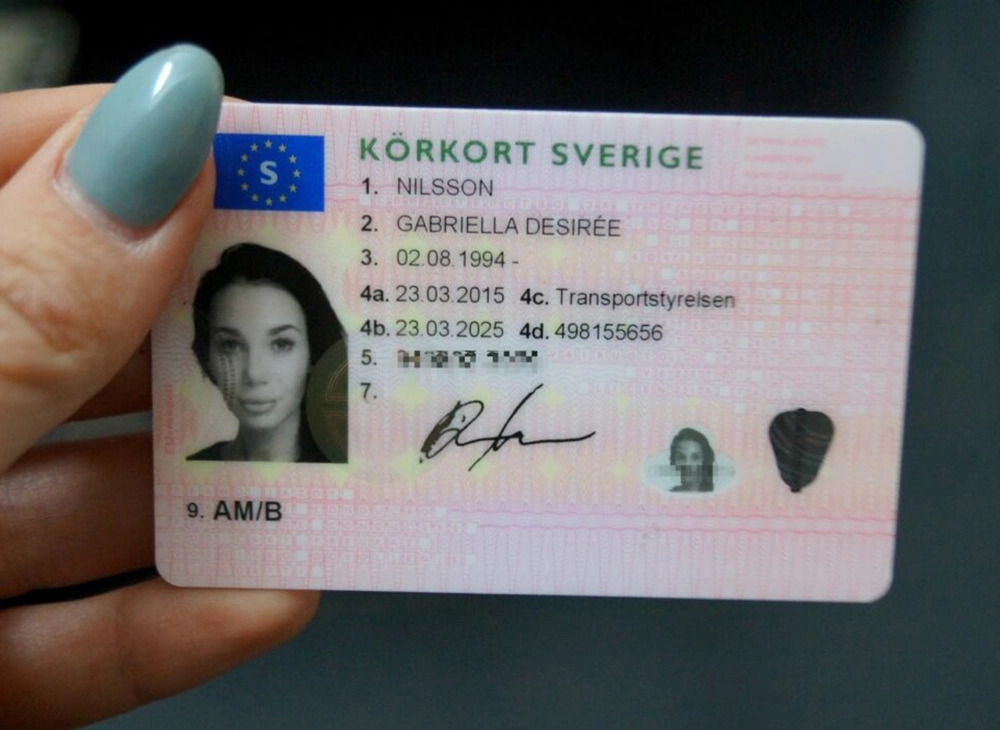Address Transportstyrelsen Tips From The Top In The Industry
페이지 정보

본문
Understanding Transportstyrelsen: Sweden's Transport Agency
Transportstyrelsen, or the Swedish Transport Agency, plays an important function in the management and policy of numerous transport sectors within Sweden. Responsible for ensuring safe, effective, and sustainable transport systems, this company oversees a broad array of transport modes, consisting of road, rail, air travel, and maritime. This short article dives into the firm's structure, functions, policies, and effect on the Swedish transport landscape.

Introduction of Transportstyrelsen
Developed primarily to improve the management of the transportation sector, Transportstyrelsen consolidates multiple roles related to traffic security, facilities, and environmental effect. The firm runs under the Ministry of Infrastructure and works in cooperation with local governments, private sector stakeholders, and international companies.
Secret Functions of Transportstyrelsen
Transportstyrelsen's responsibilities include a broad scope, which can be summarized as follows:
Regulatory Framework Development
- Develop regulations and requirements for all transport modes.
- Monitor compliance and impose appropriate laws and regulations.
Licensing and Registration
- Handle the licensing procedure for motorists and transportation services.
- Maintain a detailed database of registered automobiles and aircraft.
Traffic Safety Promotion
- Conduct research study and collect data on transportation security.
- Execute projects targeted at increasing public awareness about traffic safety.
Sustainability Initiatives
- Promote eco-friendly transport options.
- Encourage the adoption of electrical and alternative fuel vehicles.
International Collaboration
- Engage with other European and köpa a1 och A2 körkort international transport authorities.
- Take part in initiatives focused on balancing transportation policies throughout borders.
Organizational Structure
Transportstyrelsen is organized into a number of departments, each focusing on particular transportation modalities:
- Road Traffic Department
- Train Department
- Maritime and Air Traffic Department
- Environment and Sustainability Department
- Economic Analysis and Strategy Department
This structure enables expertise and focused efforts in managing the diverse aspects of transport within Sweden while guaranteeing that all departments work collaboratively towards common goals.
| Department | Key Responsibilities |
|---|---|
| Road Traffic Department | Handles chauffeur licensing, vehicle registration, and roadway security guidelines. |
| Train Department | Supervises railway security, facilities development, and service quality. |
| Maritime and Air Traffic Department | Manages shipping and air travel, guaranteeing compliance with security standards. |
| Environment and Sustainability Department | Addresses transport-related ecological issues and promotes sustainability practices. |
| Financial Analysis and Strategy Department | Conducts financial analyses to notify policy and method on transportation efforts. |
Effect on the Swedish Transport System
Transportstyrelsen's influence on the Swedish transportation system is profound. The agency's regulations and policies shape the security, efficiency, and environmental impact of transport in Sweden. Key contributions consist of:
- Enhanced Safety Standards: By setting stringent security regulations and constantly monitoring compliance, the firm assists lower mishap rates and enhance total road, rail, and air security.
- Promotion of Public Transport: Through financial investments and support for public transport systems, the firm motivates a shift from personal automobile dependence to more sustainable and environmentally friendly transport modes.
- Support for Innovations: The firm fosters development in the transport sector by supporting new technologies such as electric vehicles and clever traffic systems, intending to meet both current and future obstacles in transport logistics and environmental management.
Regulation Compliance
To ensure compliance with Transportstyrelsen's policies, stakeholders in the transport sector need to stick to various standards and requirements. This consists of obtaining needed licenses, undergoing evaluations, and sending reports on security performance.
Important Compliance Areas
- Motorist Licensing Requirements
- Car Inspection Standards
- Security Protocols for Transport Operations
- Environmental Regulations for Vehicle Emissions
- Operational Standards for Public Transport Services
Infractions of these regulations can result in significant penalties, including fines and the revocation of licenses or licenses.
Regularly Asked Questions (FAQs)
What is Transportstyrelsen?Transportstyrelsen, or the Swedish Transport Agency, is the federal government authority responsible for regulating all aspects of transport in Sweden, including road, rail, maritime, and air travel sectors. How does Transportstyrelsenguarantee safety in transportation?The firm develops and implements policies, performs research, and implements security campaigns to promote safe transport practices amongst all road users. What types of automobiles does Transportstyrelsen regulate?Transportstyrelsen controls a large range of vehicles, including automobile, commercial lorries, motorcycles, aircraft, and maritime
vessels. How can I contact Transportstyrelsen?Transportstyrelsen can be called via their official site where numerous resources, contact details, and types for queries are supplied.
Is there an appeal procedure for licensing decisions made by Transportstyrelsen?Yes, individuals and business can appeal decisions made by Transportstyrelsen relating to licenses and regulations as described in their main
guidelines. Transportstyrelsen is an essential part of Sweden's transportation landscape, ensuring that the systems in location are not just effective and effective but likewise safe and ecologically conscious. Its complex obligations,
from regulation to public security, develop a structure that benefits both the Swedish population and the broader transport network. Understanding Transportstyrelsen's roles and functions assists stakeholders browse the intricacies of the transport sector, cultivating compliance and promoting advancements required for future sustainability.
- 이전글강남룸살롱 O1O=8536=OO14 역삼애플역삼동풀사롱 아가시 많은곳 정보 [가격,시스템,서비스,위치,노는법] 정보 25.07.05
- 다음글부달광안리풀싸롱부산달리기【budal14.com】해운대노래방 25.07.05
댓글목록
등록된 댓글이 없습니다.